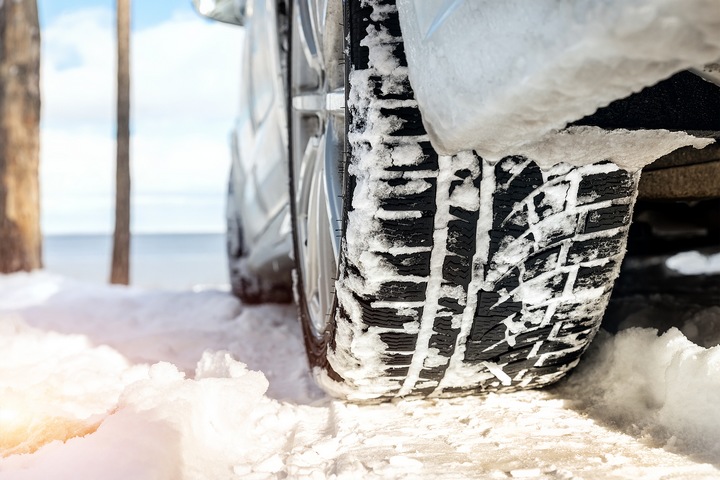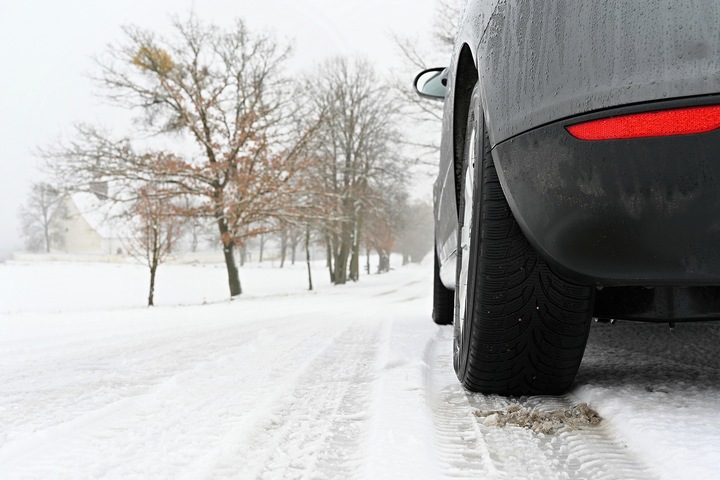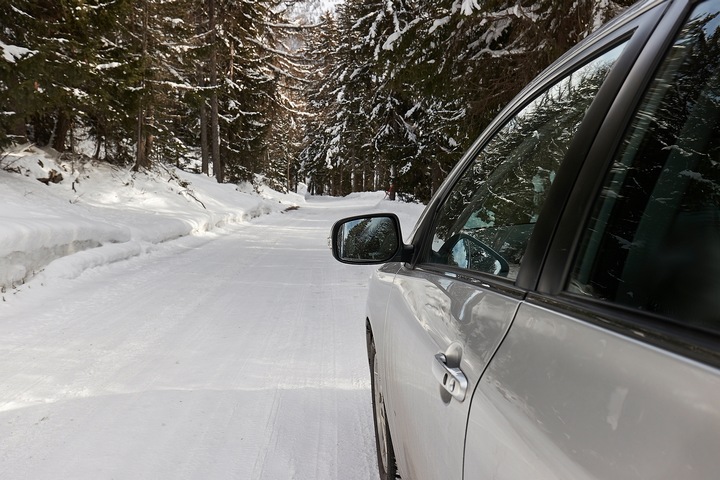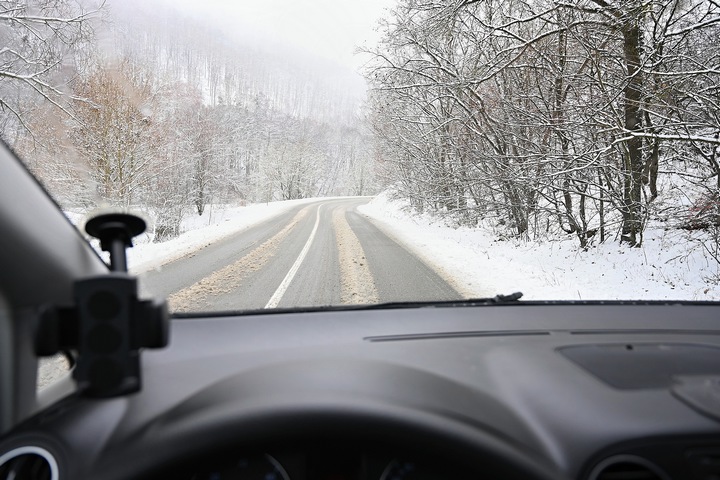
The best way to stay safe when the roads are icy is to stay home if we don’t have to go out. But when we have to go out, it’s important to make sure our car is equipped with snow tires and drive slowly and safely.
But how can we improve our visibility? And what is the proper way to brake when an icy road gets slippery?
These eight tips for driving on icy roads will answer these questions and help you find ways to stay safe when you are behind the wheel.
Tip #1: Use good snow tires

If your car isn’t equipped with good snow tires, you should not drive on icy roads as it could be very dangerous. Summer tires lack the grip required to drive on ice, and even all-season tires don’t have enough traction for snowy and icy roads.
Your snow tires should have a tread of at least 6/32-inch deep, but this is the minimum recommended. Look for tires of 10/32-inch deep tread for maximum grip.
Tip #2: Never drive in a rush

Driving on great snow tires is not an excuse to drive recklessly. If you know that the roads have a good chance of being covered in ice, make sure that you give yourself plenty of time to get to your destination, so you don’t have to drive in a rush.
This will allow you to drive slowly without feeling stressed. When driving on icy roads, focus all your attention on the potentially dangerous road conditions.
Tip #3: Make sure your windshield stays clean and clear

If it’s not snowing when you leave your home, it might start snowing while you’re on the road. You should always make sure your windshield wiper blades are in good shape and that you have enough anti-icing fluid to wash your windshield if you need to wash it.
If some condensation or frost starts to form inside your windows, start your air conditioner to warm up the interior of your car. This will help keep your windows clear, so you have better visibility.
Tip #4: Make sure you are visible

You should also do what you can to make sure you are always visible to other drivers you are sharing the road with. Always keep your headlights and taillights clear of snow, and of course, turn them on to make yourself more visible.
If the lenses of your lights are cracked, damaged, or very cloudy, take a moment to either replace them or thoroughly clean them. Never try driving on icy roads if your visibility might be significantly compromised.
Tip #5: Keep an eye out for black ice

Try your best to avoid driving over icy patches, so you can stay in full control of your car’s wheels. But remember that not all icy patches are easy to see.
Black ice is nearly transparent, and it can be invisible or appear like a shallow puddle of water. But just because it doesn’t seem dangerous doesn’t mean that it isn’t.
Tip #6: Keep enough space between your car and the one in front of you

You don’t want to skid off an icy road, but you also don’t want to get in an accident that involves multiple cars.
To help prevent this from happening, always keep enough space between your car and the vehicle in front of you. This way, if this vehicle has to brake abruptly, you will have enough time to brake as well without hitting it.
Tip #7: Learn how to brake on ice

Even if you have great snow tires and you are being careful, you might still lose traction from time to time. Since braking on ice is not the same as on an ice-free road, you need to know how to brake safely.
The proper way to brake on an icy road depends on whether your car is equipped with an antilock braking system or not.
If your car has ABS, the antilock will increase your control and stability while you brake. This means that if the wheels of your car start skidding on an icy road, all you have to do is press your foot on your brake pedal and maintain pressure on it. Your brake pedal will pulsate, which means the ABS is doing its job.
However, if your car isn’t equipped with ABS, you will have to gently pump on your brake pedal to help you maintain control on a slippery road.
Tip #8: Don’t steer too much when the road gets slippery

You also need to know how to steer if your snow tires lose their grip on the road.
If your front tires lose grip, you should take your foot off the gas pedal and gently apply the brakes while slightly steering in the direction where you want to go.
If your rear tires are losing grip, you need to react differently. If the back end of your car starts sliding out to the left, for example, turning your steering wheel to the left will help you correct the situation.
